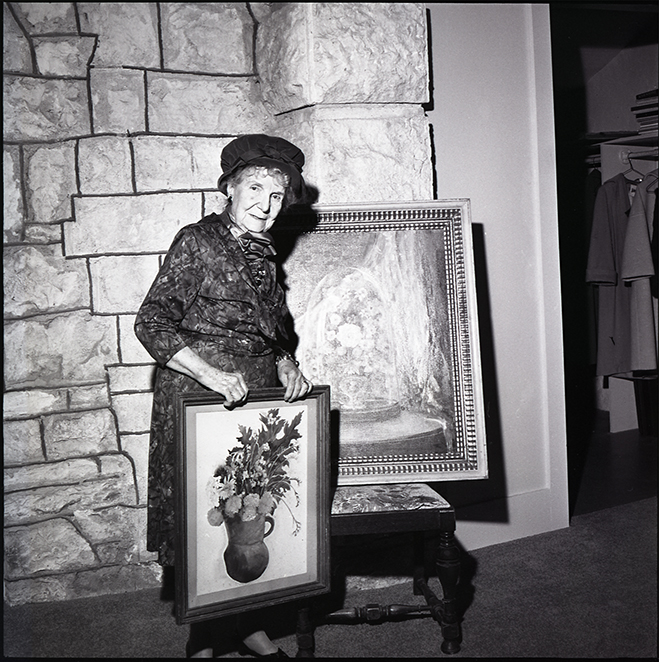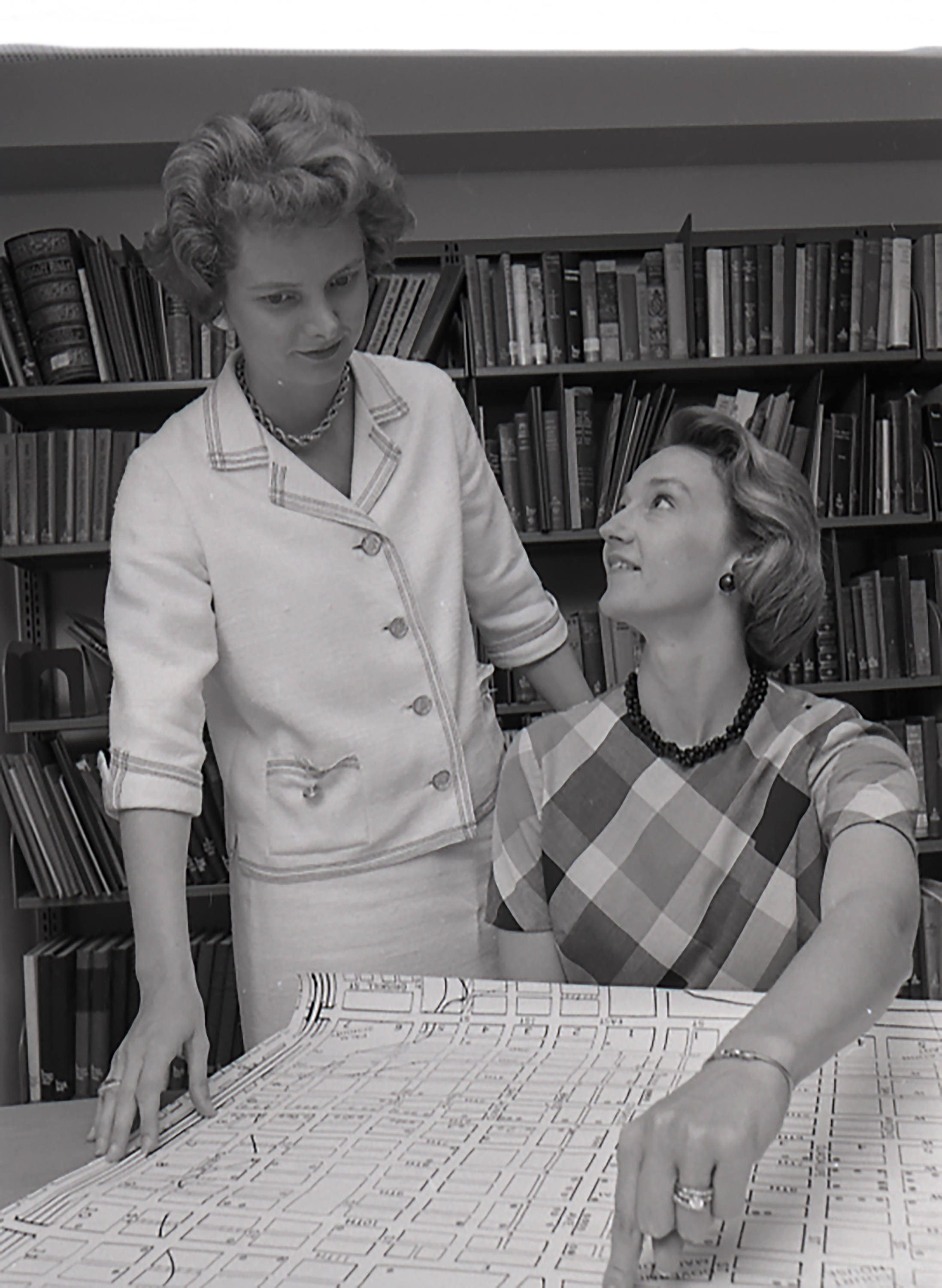Mission + History
our MISSIOn
Preservation Austin exists to empower Austinites to shape a more inclusive, resilient, and meaningful community culture through preservation.
our Vision
When Preservation Austin delivers on our strategy, we will create a future where historic places play a meaningful role in everyone’s life, inspiring all Austinites to become advocates for preservation.
we are:
Accountable. We are committed to doing what is right, not being right, by keeping the best interests of those we serve top of mind, not our individual agendas. We measure our impact against the highest standards of integrity, equity, and fiscal responsibility.
Inclusive. We are committed to building a culture that encourages, supports, and celebrates the diverse voices of our organization and city. We believe diversity and inclusion together fuels our creativity, breaks down barriers, and brings us closer to the people we serve.
Locally-Focused. We have Austin’s best interest at heart every day. We believe that preserving Austin’s individuality and uniqueness will allow all our citizens to thrive, visitors to connect, and our city to be the example of preservation in action.
We Lead by:
Collaborating Enthusiastically. We do our best work when we come together to solve some of the most pressing challenges facing our city today. We value those who speak thoughtfully, encourage and respect diversity of opinion, and listen carefully with an open mind.
Taking the Long View. We leverage our resources to have the greatest possible impact and hold ourselves accountable to future generations by saving places that matter, that stand the test of time, and that honor a holistic view of Austin’s heritage.
Thinking Big. We never settle. We have the courage and curiosity to actively challenge the status quo and find new ways for preservation to have a positive impact in our community.
Our History
“The Heritage Society belongs to everyone who is interested in preserving Austin landmarks and relics of the past. Austin abounds in Texas history and it is for our generation to see that future generations have concrete evidence of our pride in our city. To do this is not the prerogative of a few but the privilege of each of our citizens.” - E. P. Cravens, President, 1960
Our organization’s story begins with Austin native Margaret Boroughs Graham (1882-1965). Graham studied painting and taught interior decoration and design at the University of Texas. She married prominent portraiture artist Wayman Adams in 1918. The couple traveled widely and ran an artist’s colony in upstate New York before returning to her hometown after World War II. Needless to say, Margaret Adams found the city much-changed.
Fueled by the postwar boom which saw mass urbanization across Texas, Austin’s population had jumped from 35,000 to 135,000 since Adams’ departure. Cars were moving veterans and their families to new suburbs in droves, prompting dramatic changes to the city’s landscape. As the Austin Statesman noted regarding downtown’s transformation in 1947: “With the new area’s birth, an old one is dying. Austin has grown from a large town to small city, and as observers say: ‘Once you pass the 100,000 population mark, anything can happen.’”
Adams didn’t shock easily - in one 1958 interview she joked about turning her secluded house into a nudist colony - but she saw this transformation as a call to action to preserve Austin’s inherent beauty amidst the change.
So she invited 50 like-minded friends to her studio in 1953, and the Heritage Society of Austin was born. For perspective, this was only a few years after the National Trust for Historic Preservation was established, and more than a decade before President Lyndon B. Johnson signed the National Historic Preservation Act. Most organizations like ours were founded in the 1970s and 1980s. This puts Adams, Austin, and our nonprofit at the forefront of our movement in the postwar years.
Early Heritage Society projects included lectures, advocating for heritage trees and parks, and gathering archival materials to help establish the Austin-Travis County Collection, which later became the Austin History Center.
We bought the Penn House at 3112 West Avenue in 1958, knowing that this investment would be a powerful example to others. “Heritage House” soon lent its name to the surrounding Heritage Neighborhood, and leaders gathered a phalanx of volunteers who helped restore the building for our offices and programming until 1979.
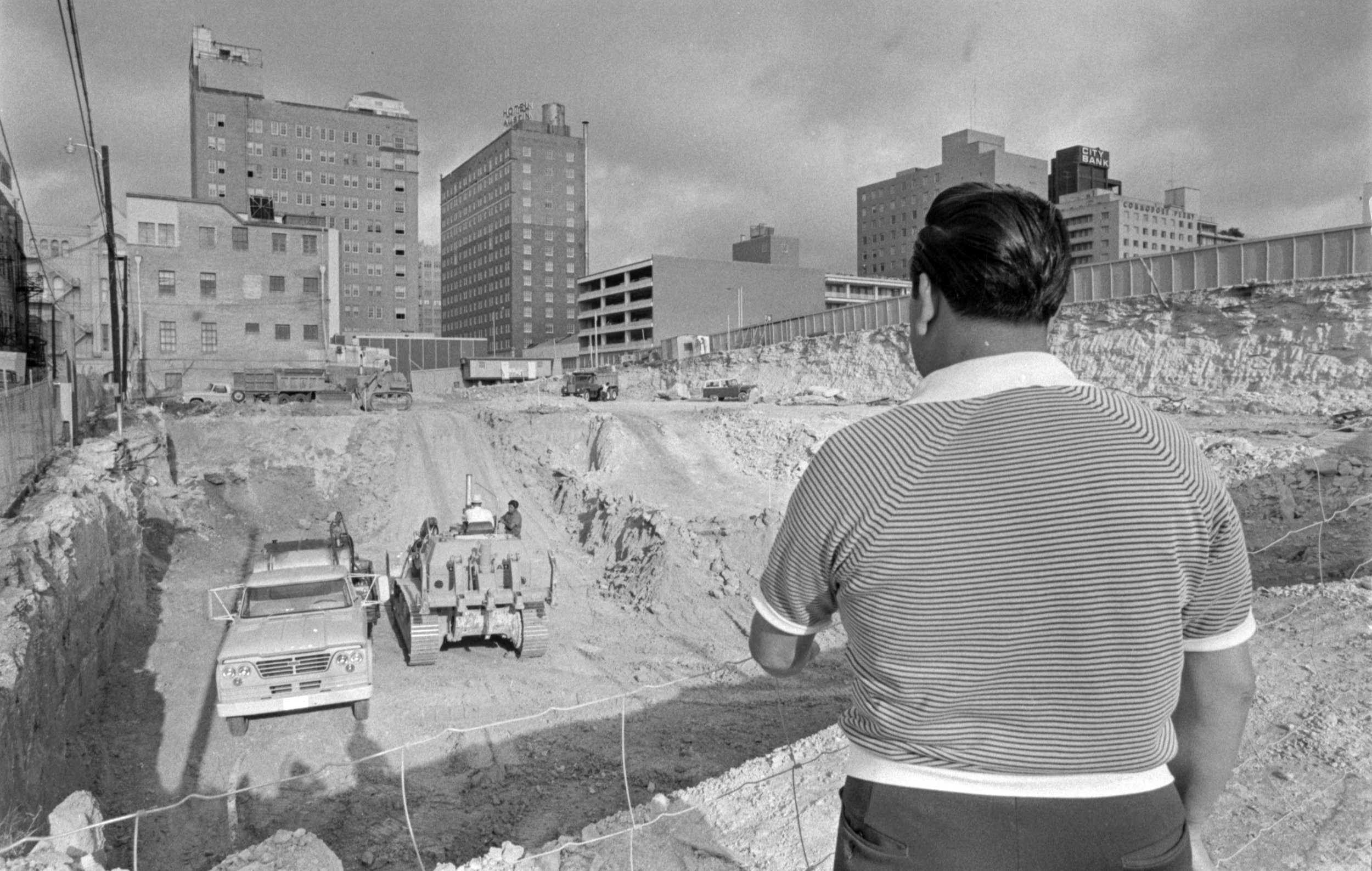
![Congress Avenue in the 1976 (University of North Texas Libraries, The Portal to Texas History, crediting Texas Historical Commission [Historic Property, Photograph 3347-14]). .](https://images.squarespace-cdn.com/content/v1/5b17ebb9b27e39e279c162e3/1567618177742-QOISJI512ACC8UY3IZY6/6_congress+avenue+1970s+color+b.jpg)
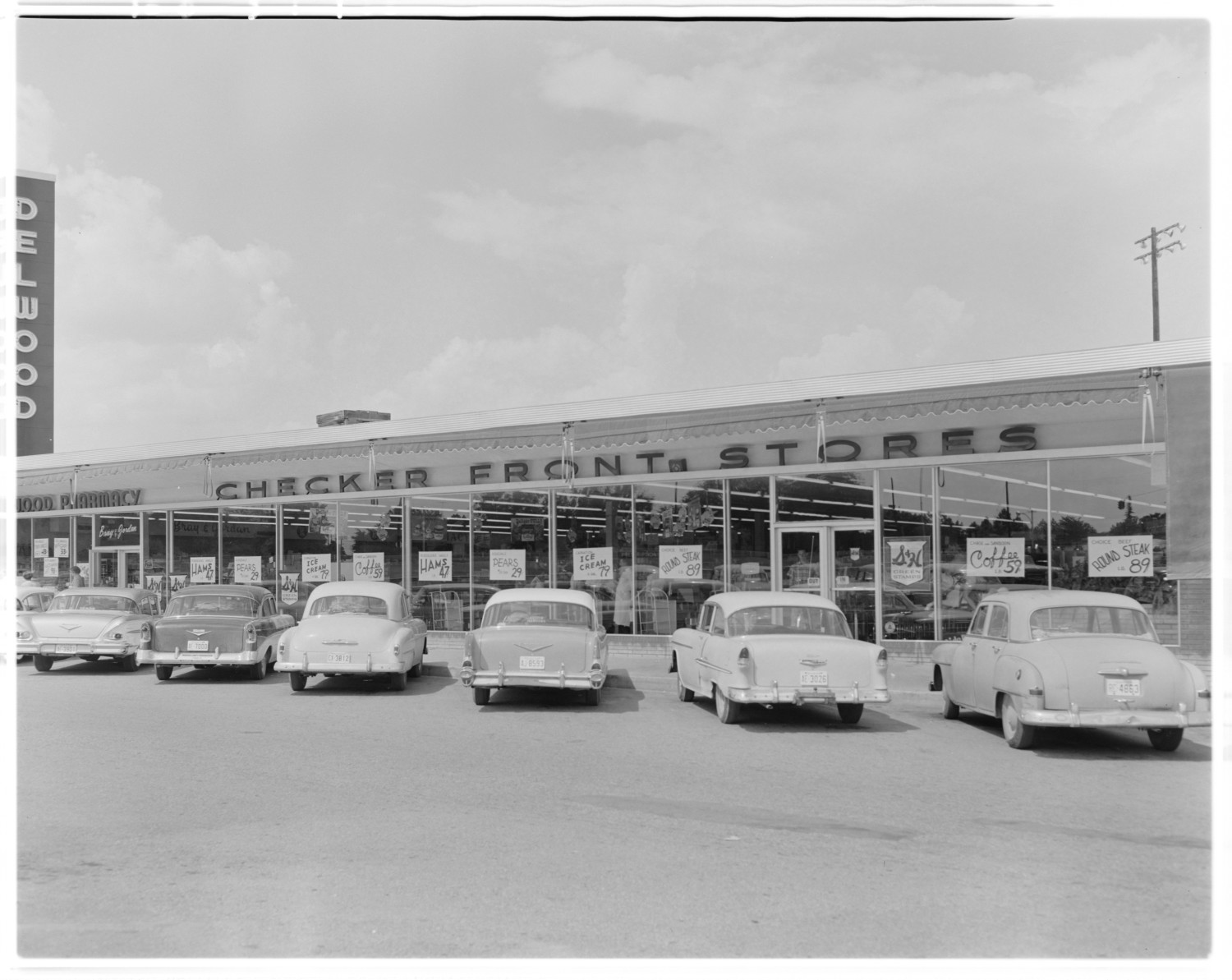
At the same time, suburban shopping centers in Delwood, Allandale, and beyond had cropped up to serve growing neighborhoods on the city’s outskirts. Families no longer had to drive downtown for essential services or shopping, causing property owners to turn to demolition and poorly-designed façade updates in desperate attempts to compete. Surface lots, garages, and new office buildings were increasingly reshaping downtown’s landscape.
The Heritage Society was the first to argue that investing in Austin’s historic buildings, and adapting them to modern needs, would both stimulate the city’s economy and revitalize its core. We began Austin’s first historic resource survey in 1965, documenting the city’s oldest blocks in partnership with the city’s Planning Department. No one had ever taken a step back and said “What do we have that’s worth saving, and where should we start?” Volunteers worked for years to create this roadmap for preservation planning that led to early National Register districts along Congress Avenue and East Sixth Street, two of our most iconic downtown streetscapes today.
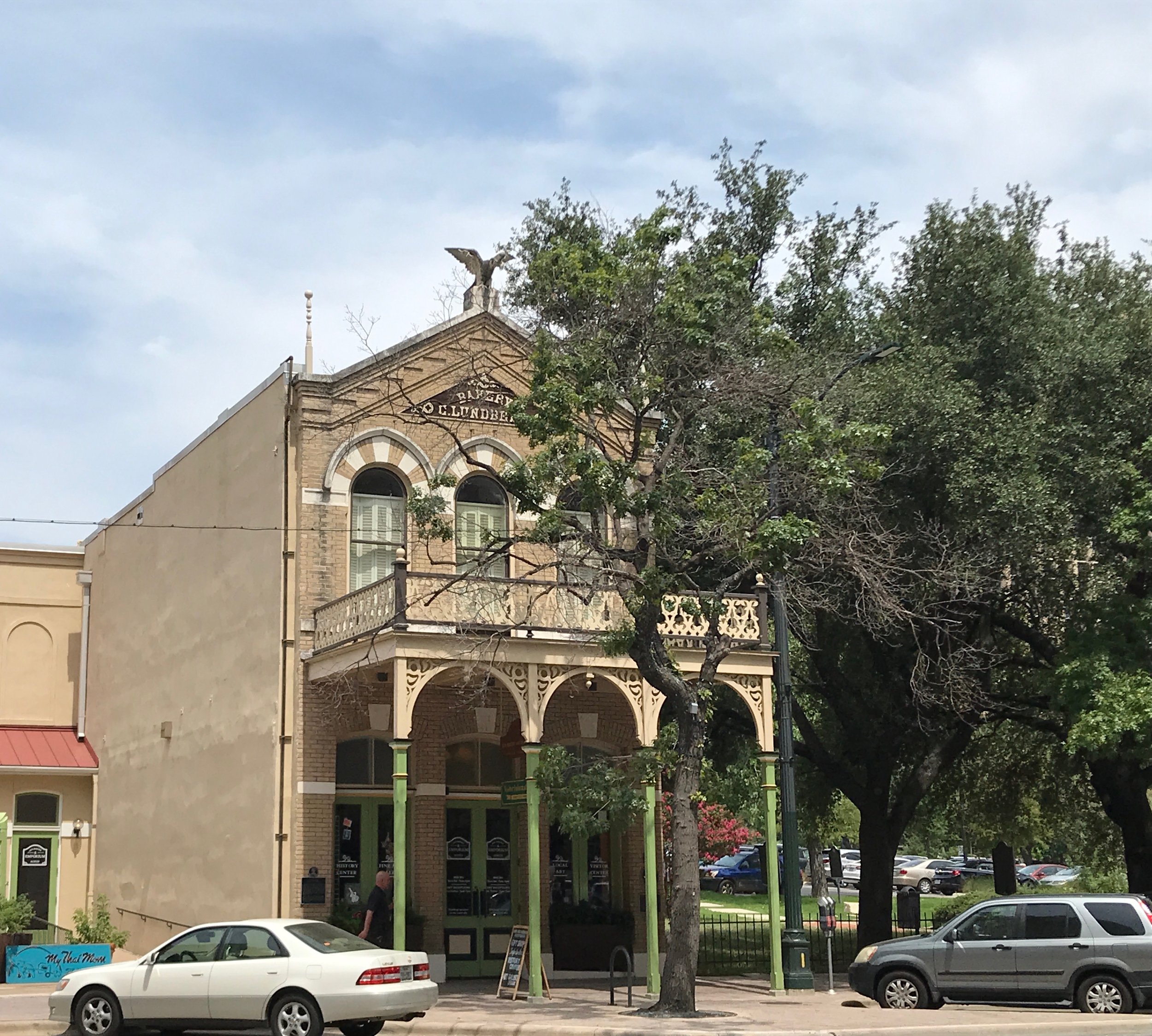

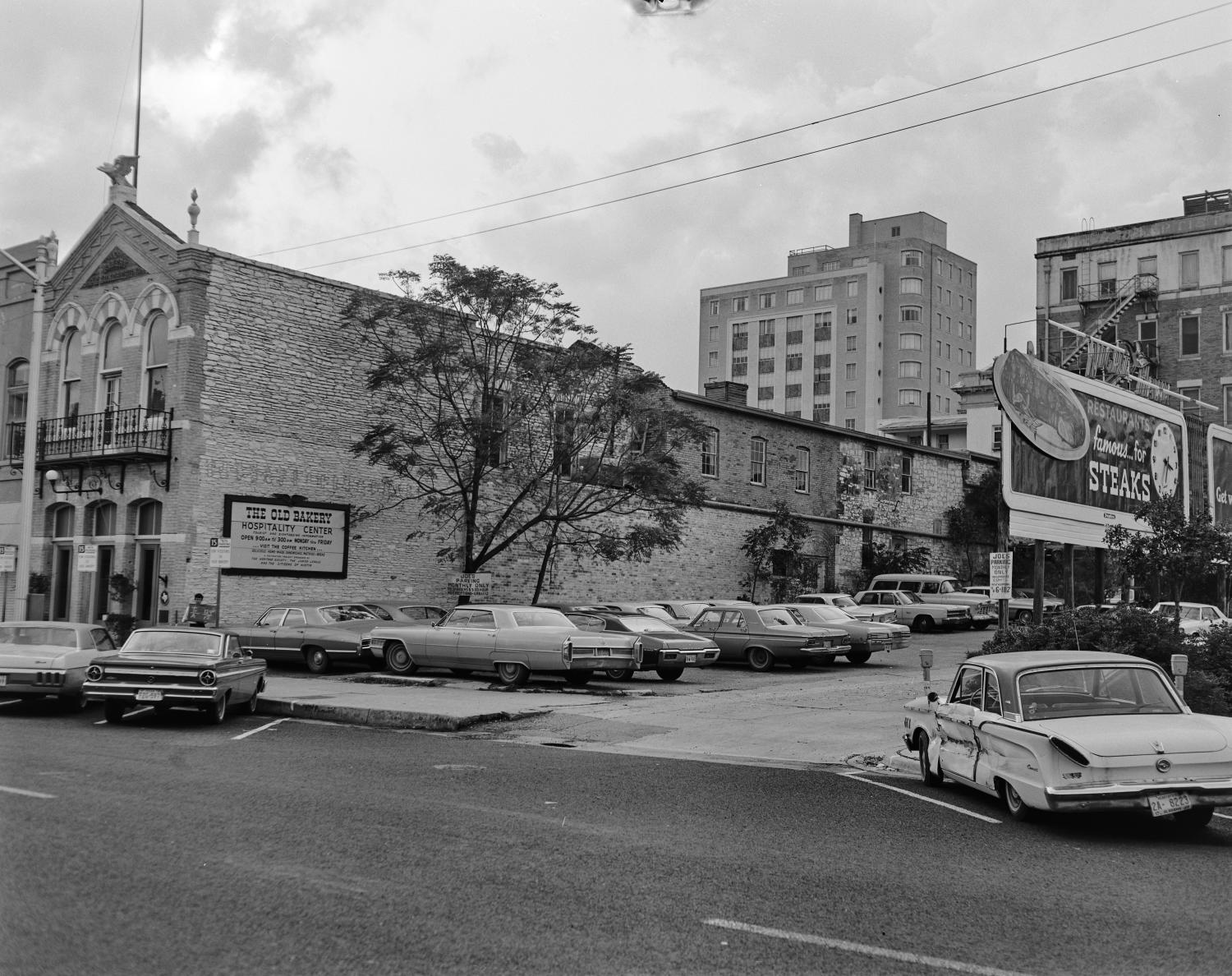
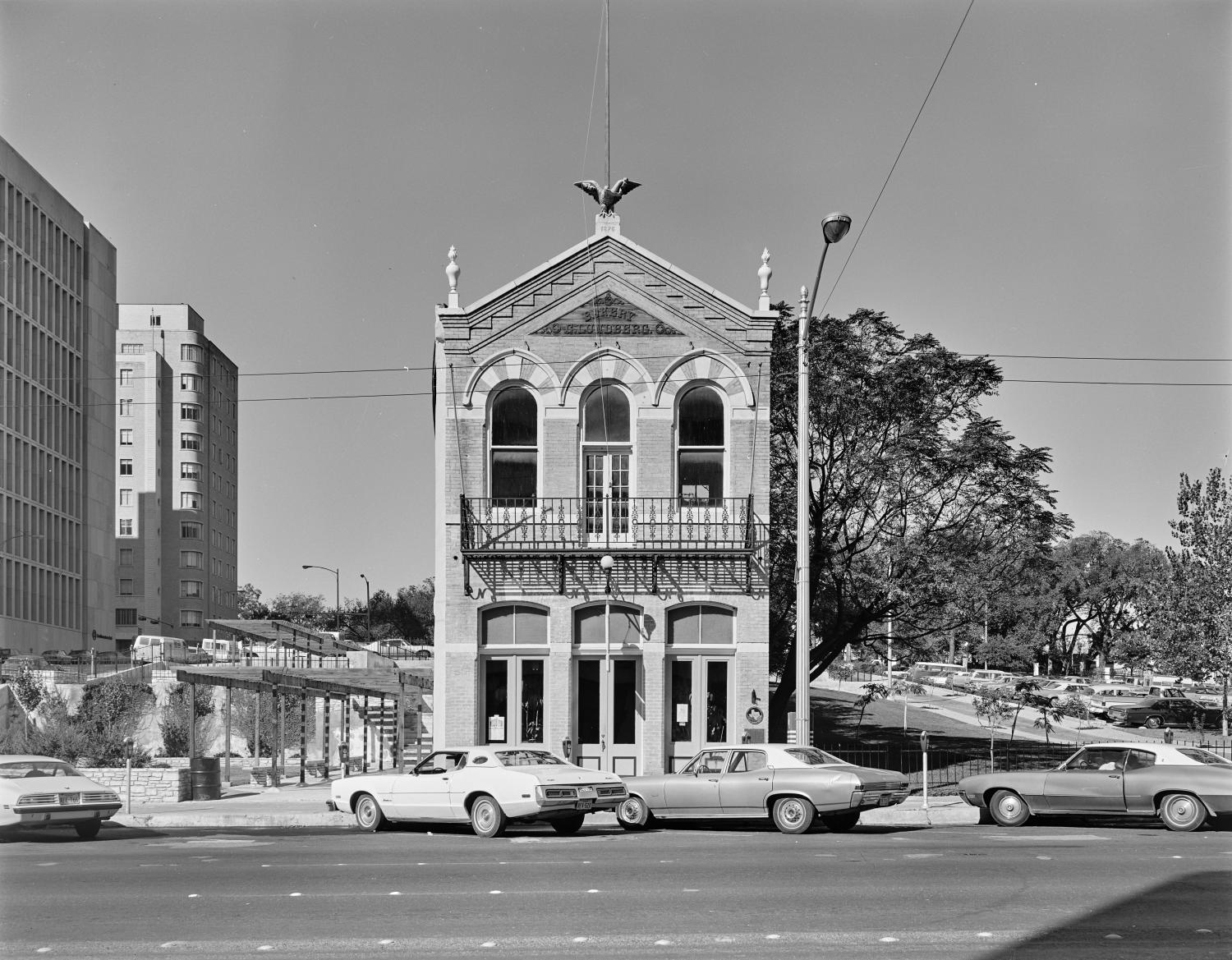
In 1963 we purchased Congress Avenue’s Lundberg Bakery, built in 1876. Tireless fundraising supported the opening of the “Old Bakery” café and heritage tourism center, the first local project of its kind both implemented and staffed by volunteers, and the first to encourage locals and visitors to explore the city’s history. Proposals for a massive new office building for the Texas Highway Department threatened the Old Bakery with demolition just a few years later, prompting our first major preservation battle. Heritage Society leaders challenged the governor head on but, ironically enough, it was the archaeological discovery of the original Texas capitol’s ruins next door that halted the project for good.
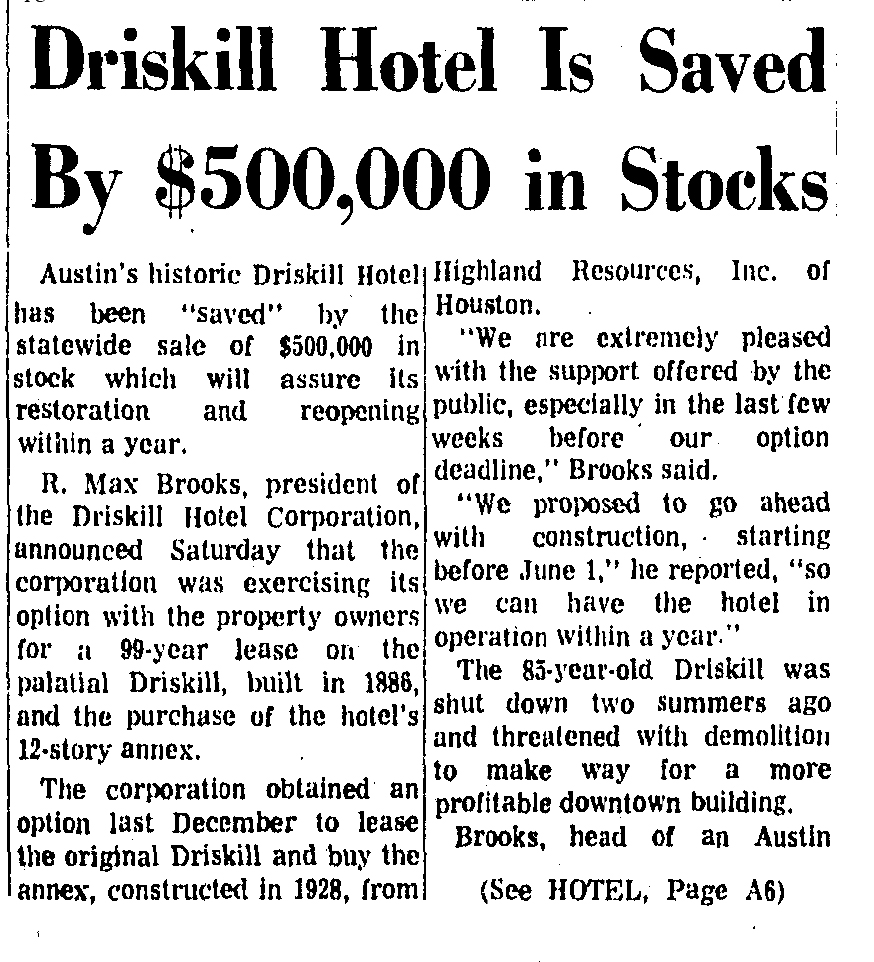
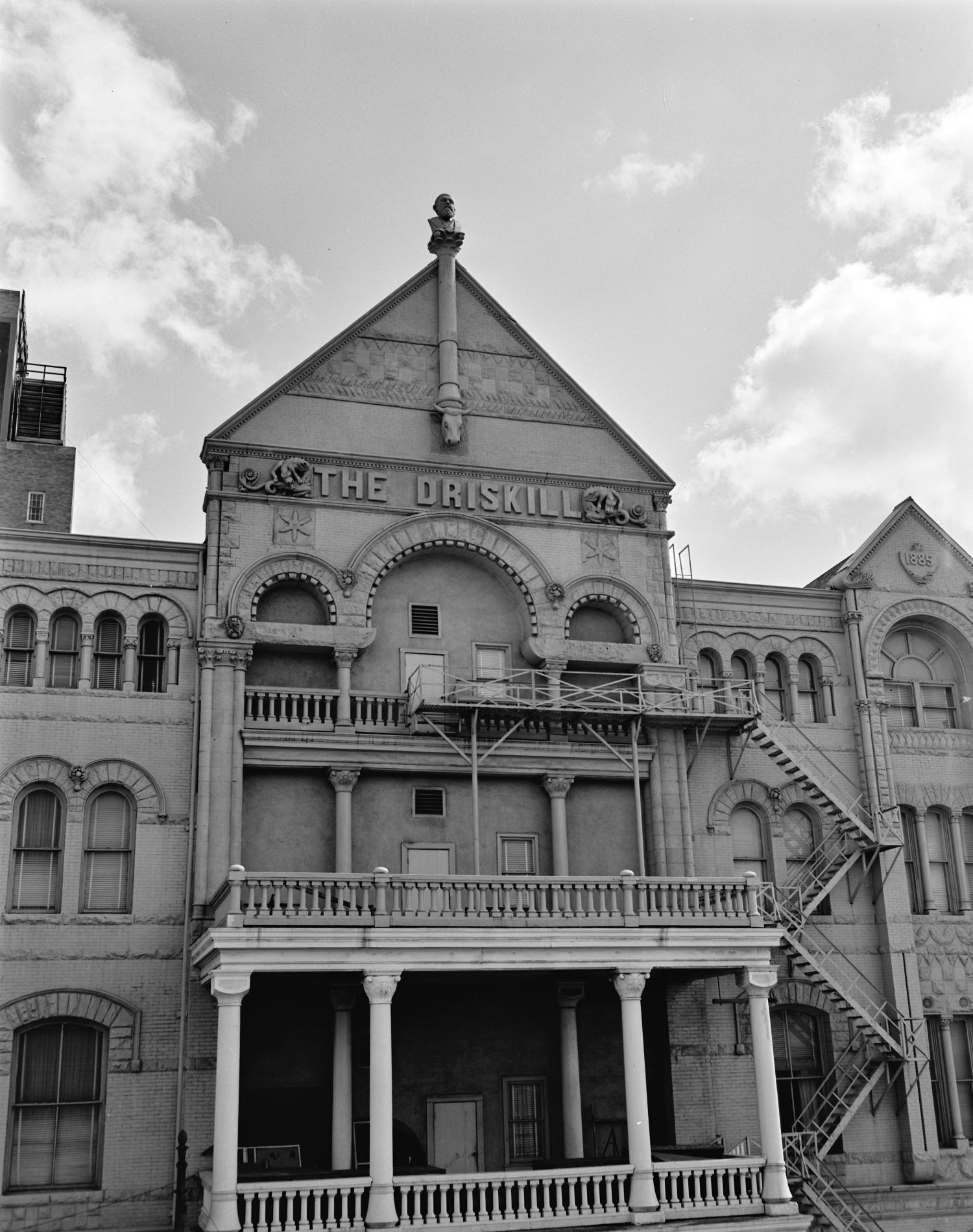
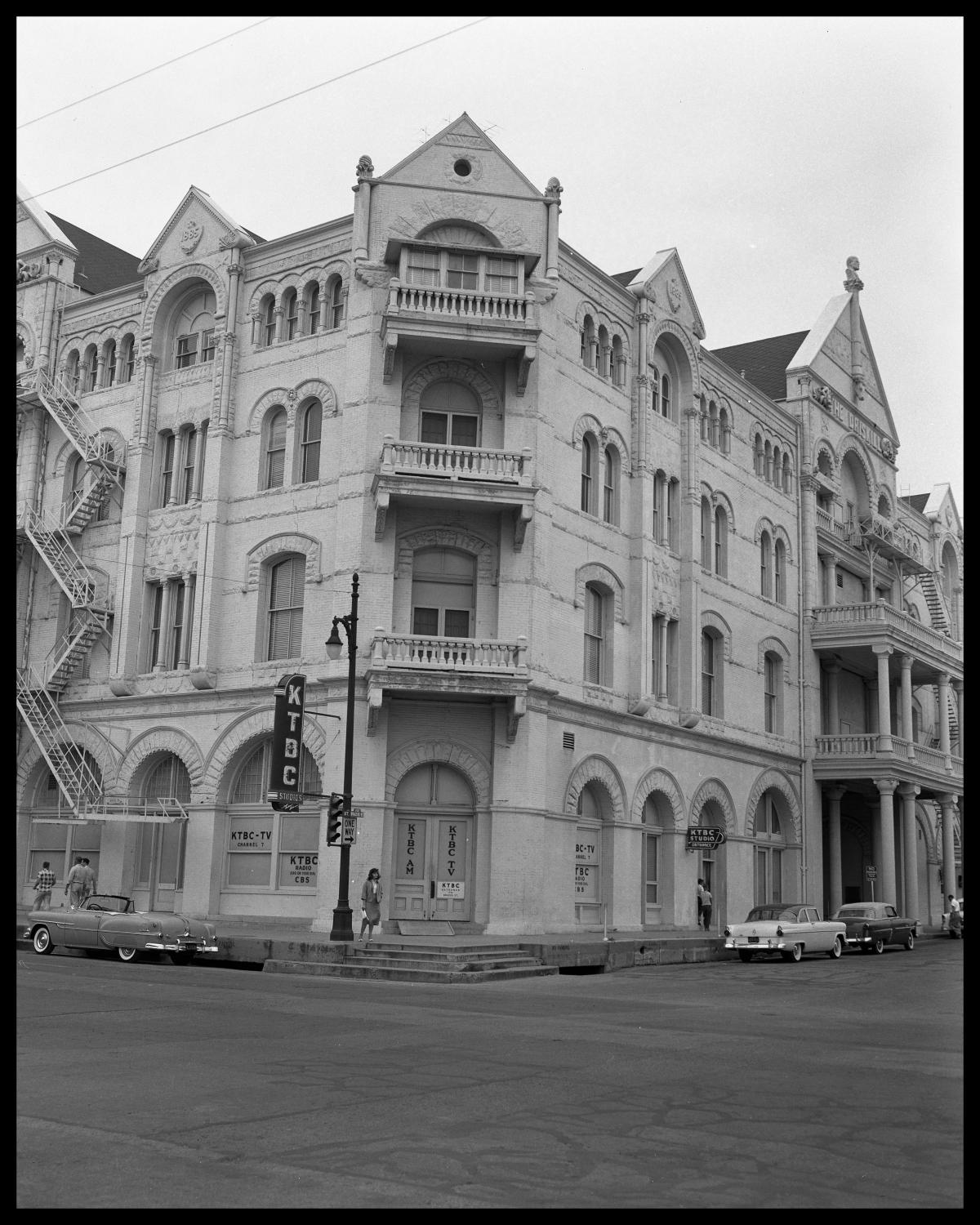
These were turbulent times during which, just a few blocks away, the Driskill too was facing an existential threat. So much of Austin’s history had passed through this storied hotel but by 1969 it was deemed unviable compared to modern facilities. Its owners announced that the Driskill would be torn down unless a new buyer came forward, and for three years it hung in limbo while advocates struggled to save it. The Heritage Society dug in and came through with $100,000 – the equivalent of about $650,000 today – to become one of the Driskill’s four primary owners in 1971. The hotel reopened in 1973 after an extensive renovation and we established our offices on its second floor. Downstairs, we opened the beloved 1886 Lunch Room and Socializing Parlor which our volunteers operated for nearly twenty years.
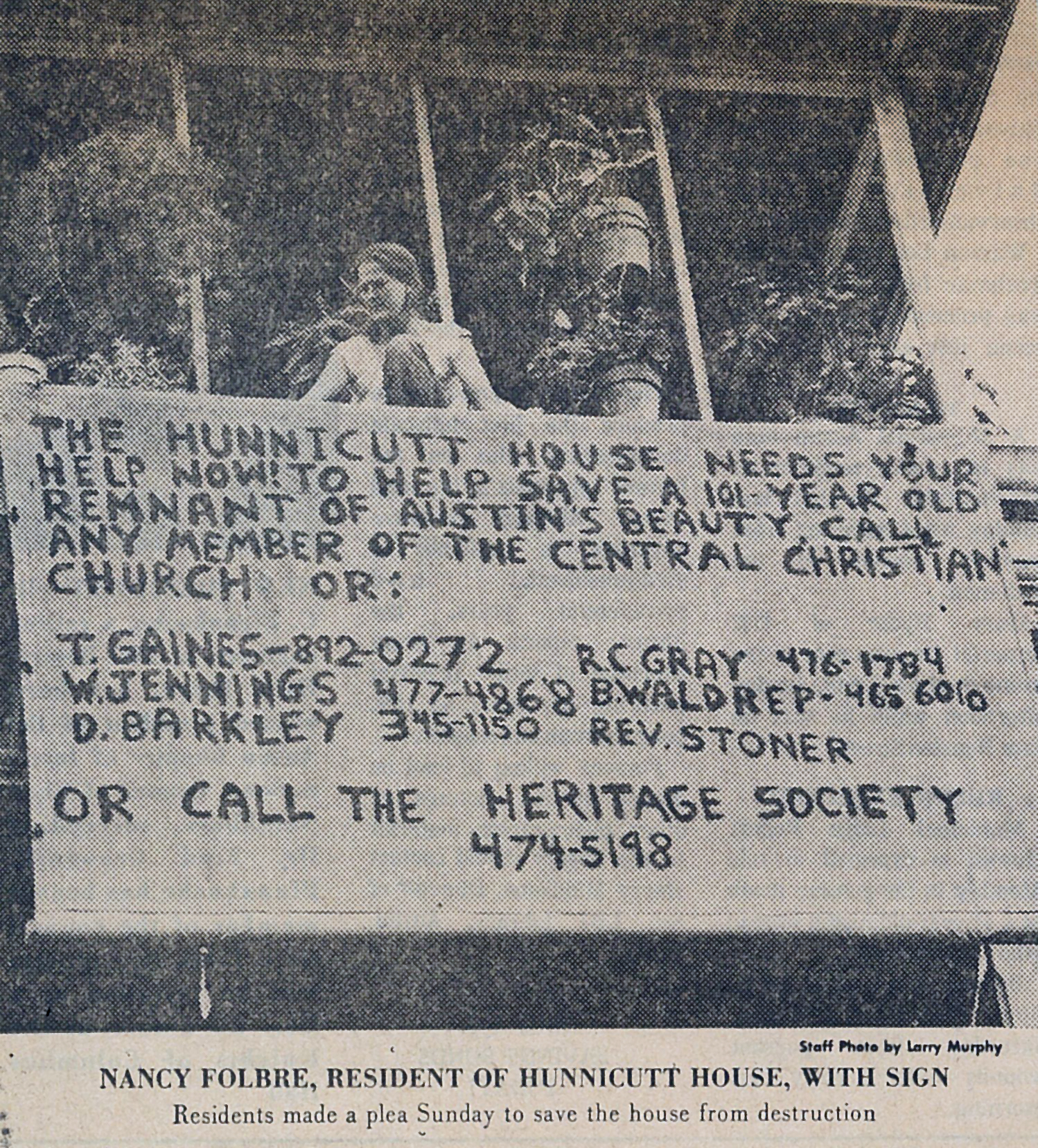
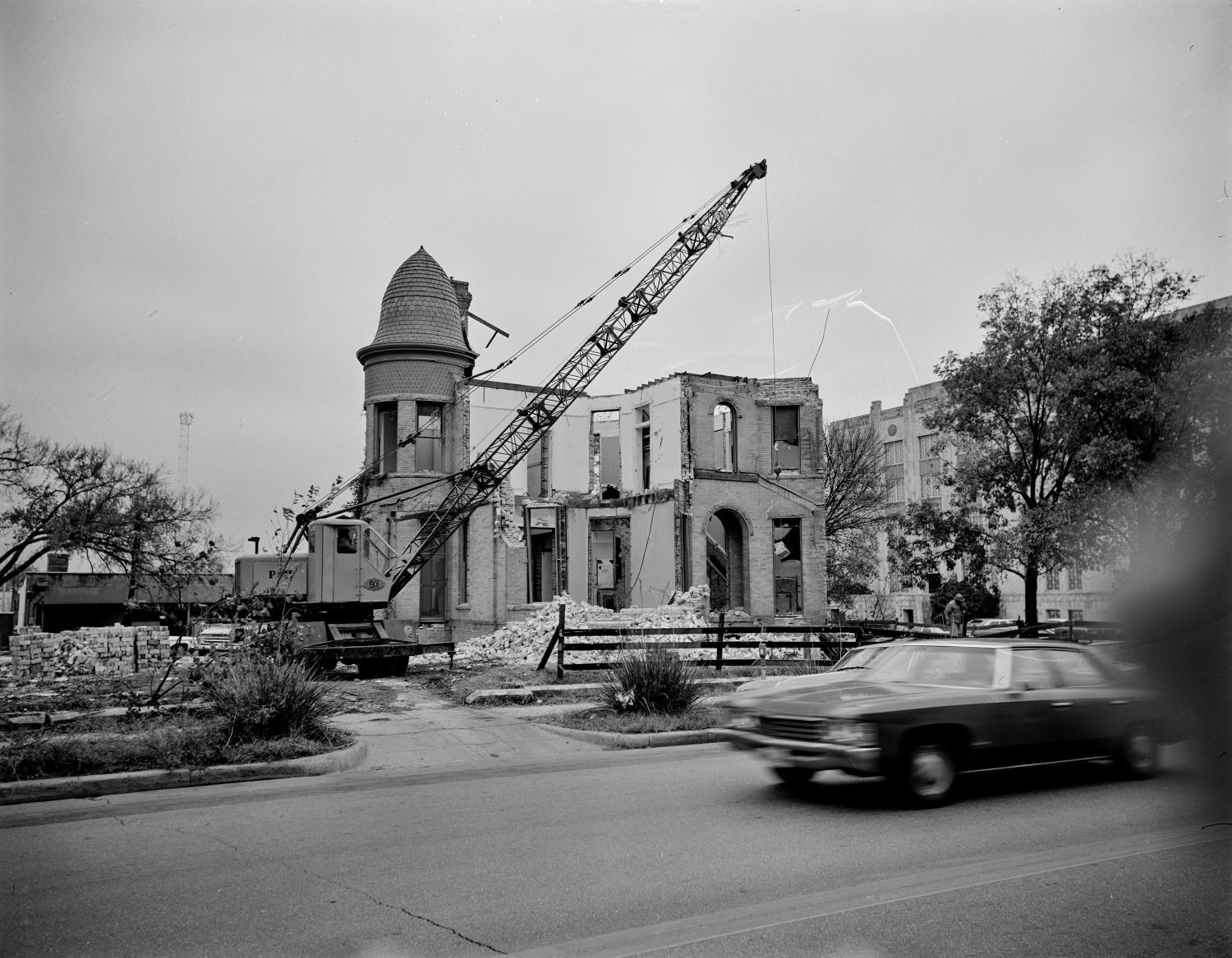
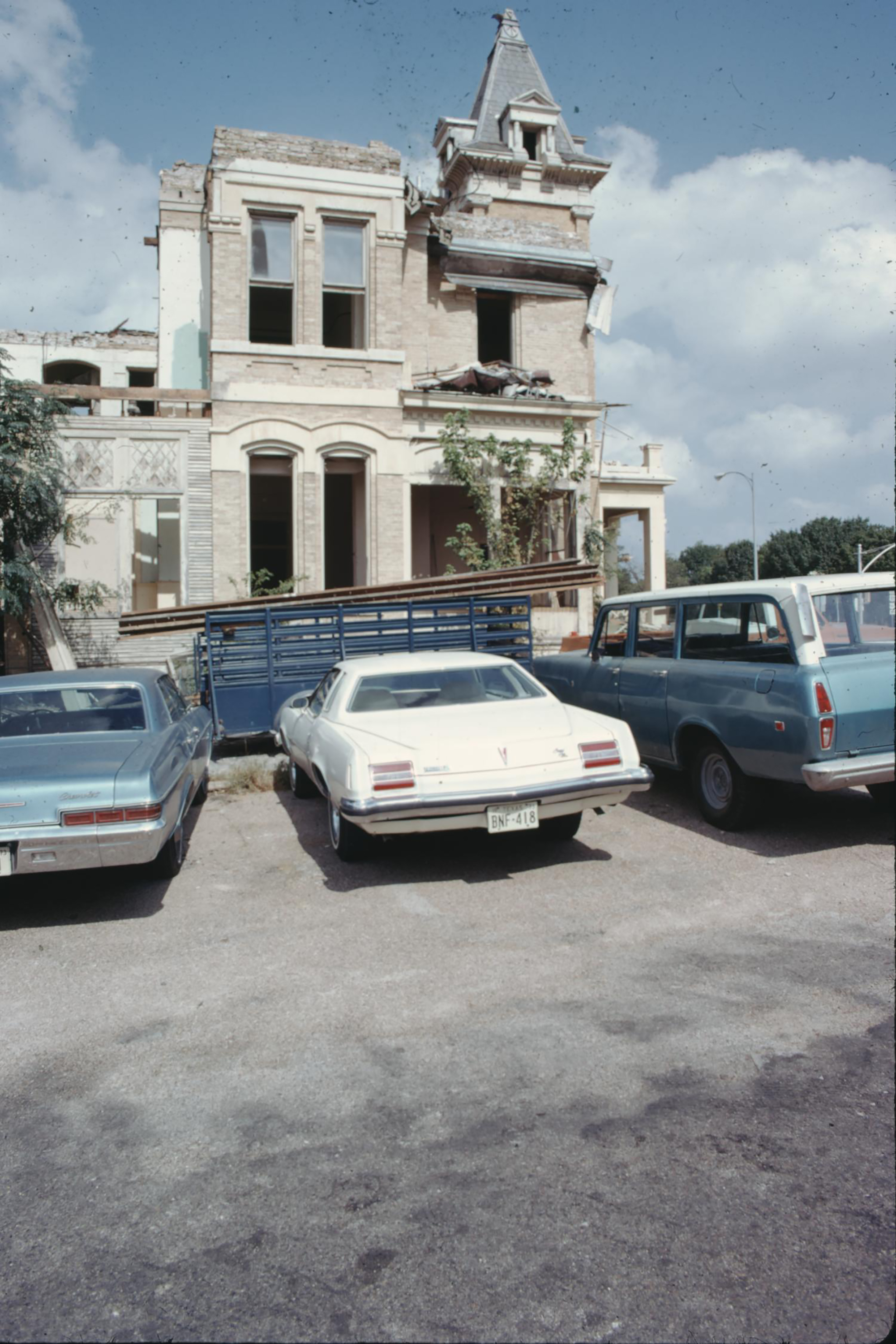
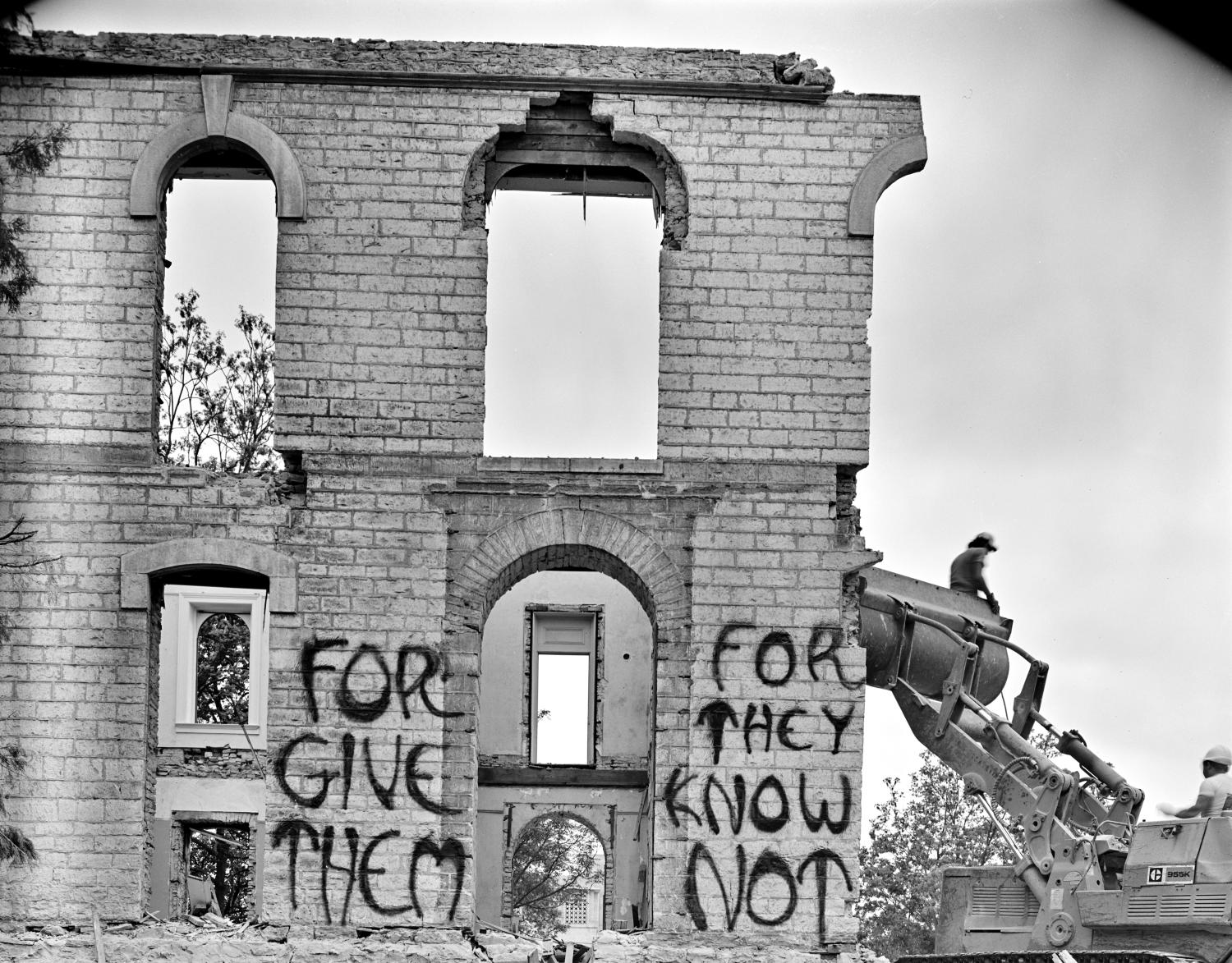
But they weren’t always wins. First the Butler House fell for a parking lot in 1971. Next came the Houghton House, demolished for a parking garage a block over. 1974 brought demolition of the Hunnicutt House, again for parking, this time to serve a local church. We offered practical preservation solutions to serve the owner’s needs but to no avail. As the house was coming down preservation protesters disrupted church services, after which one congregant blamed “those damned hippies and the Heritage Society.”
These near-misses and heartbreaking losses finally prompted City Council to pass a landmark ordinance to provide historic zoning for individual buildings, including real demolition protections for the first time. Now we could purchase endangered properties, zone them historic, and sell them to preservation-minded owners, knowing that they would be protected long after leaving our hands. It’s noteworthy that City Council passed Austin’s first Waterway Ordinance that same year, reflecting a growing conservation movement across preservation and environmentalism citywide.
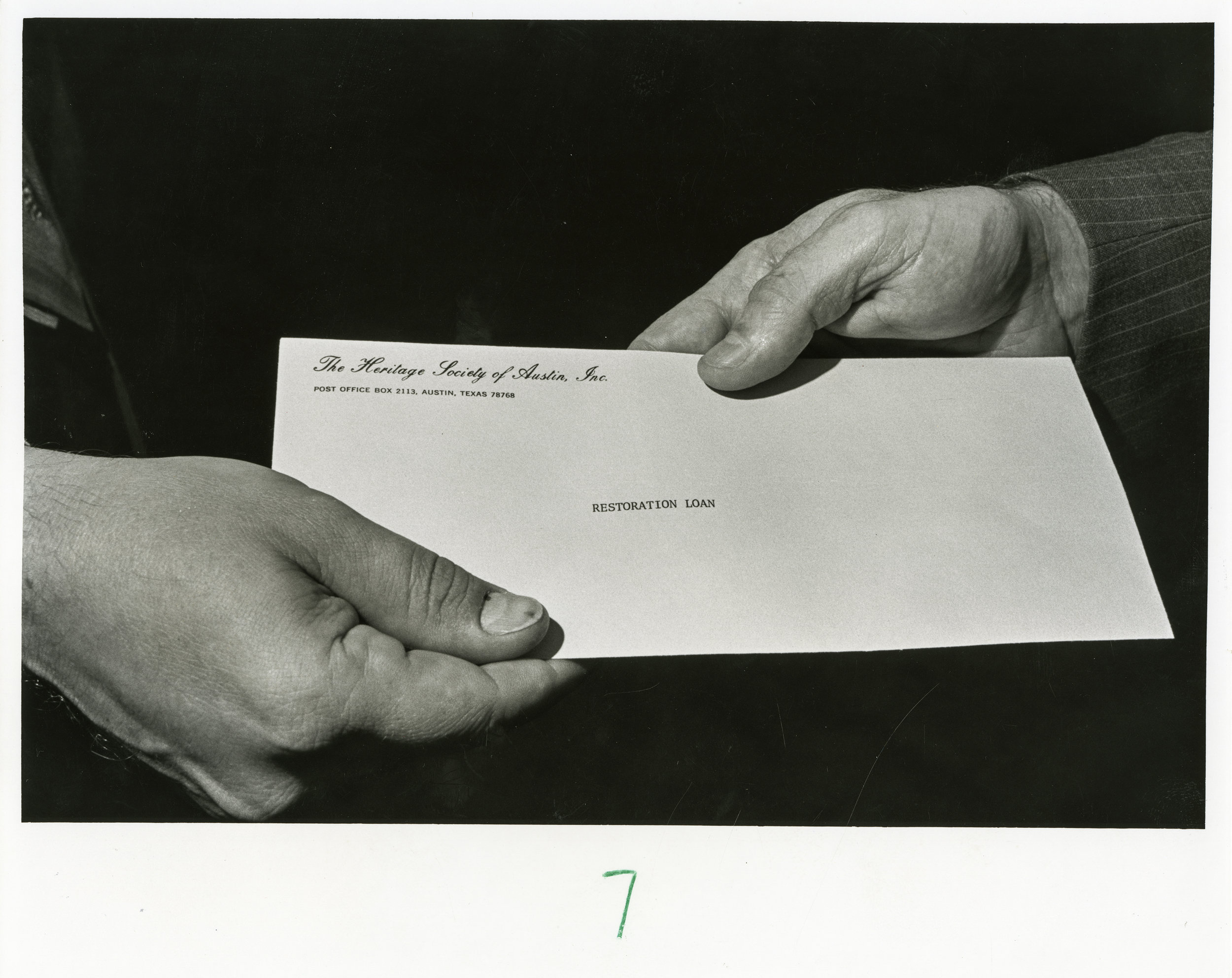
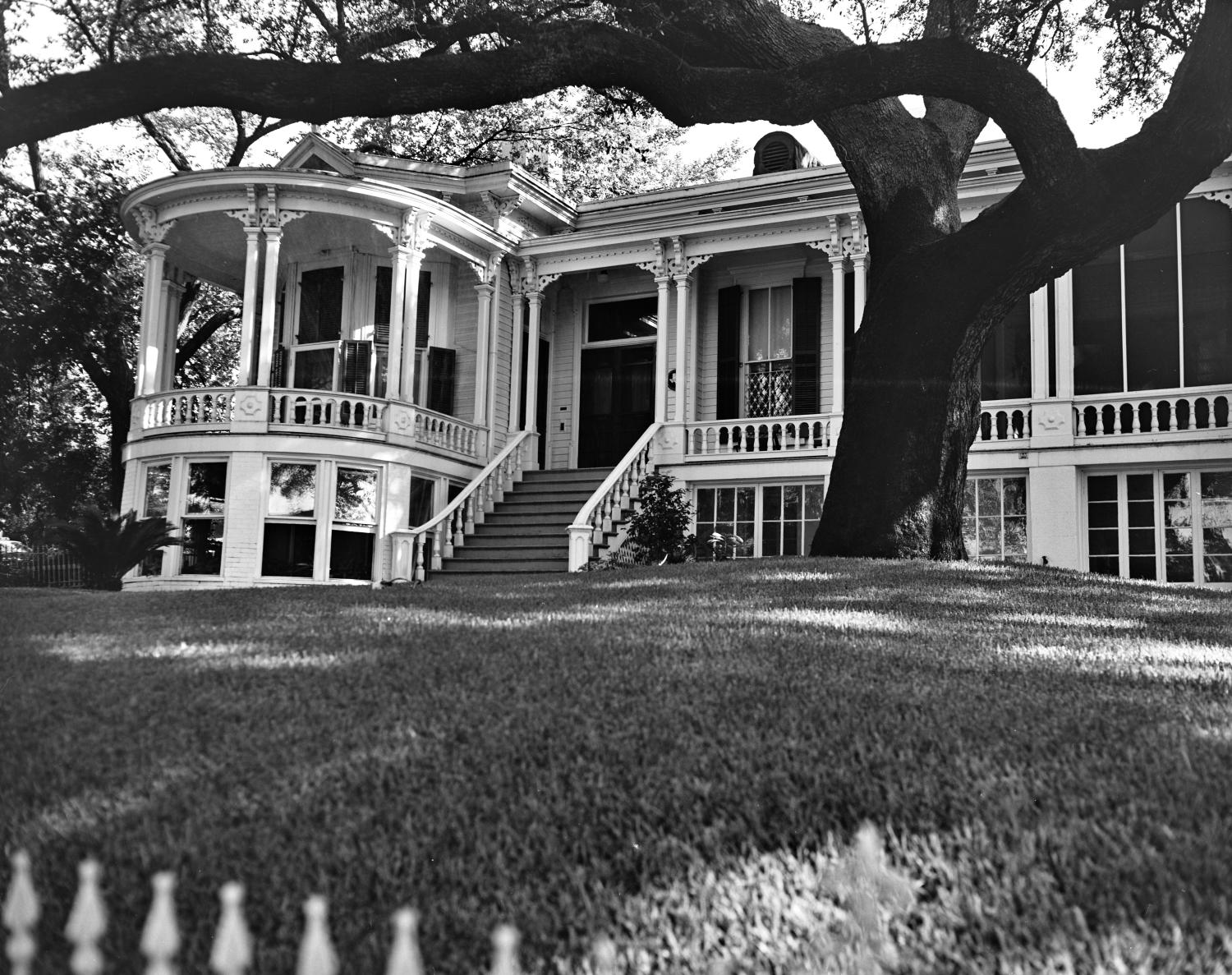
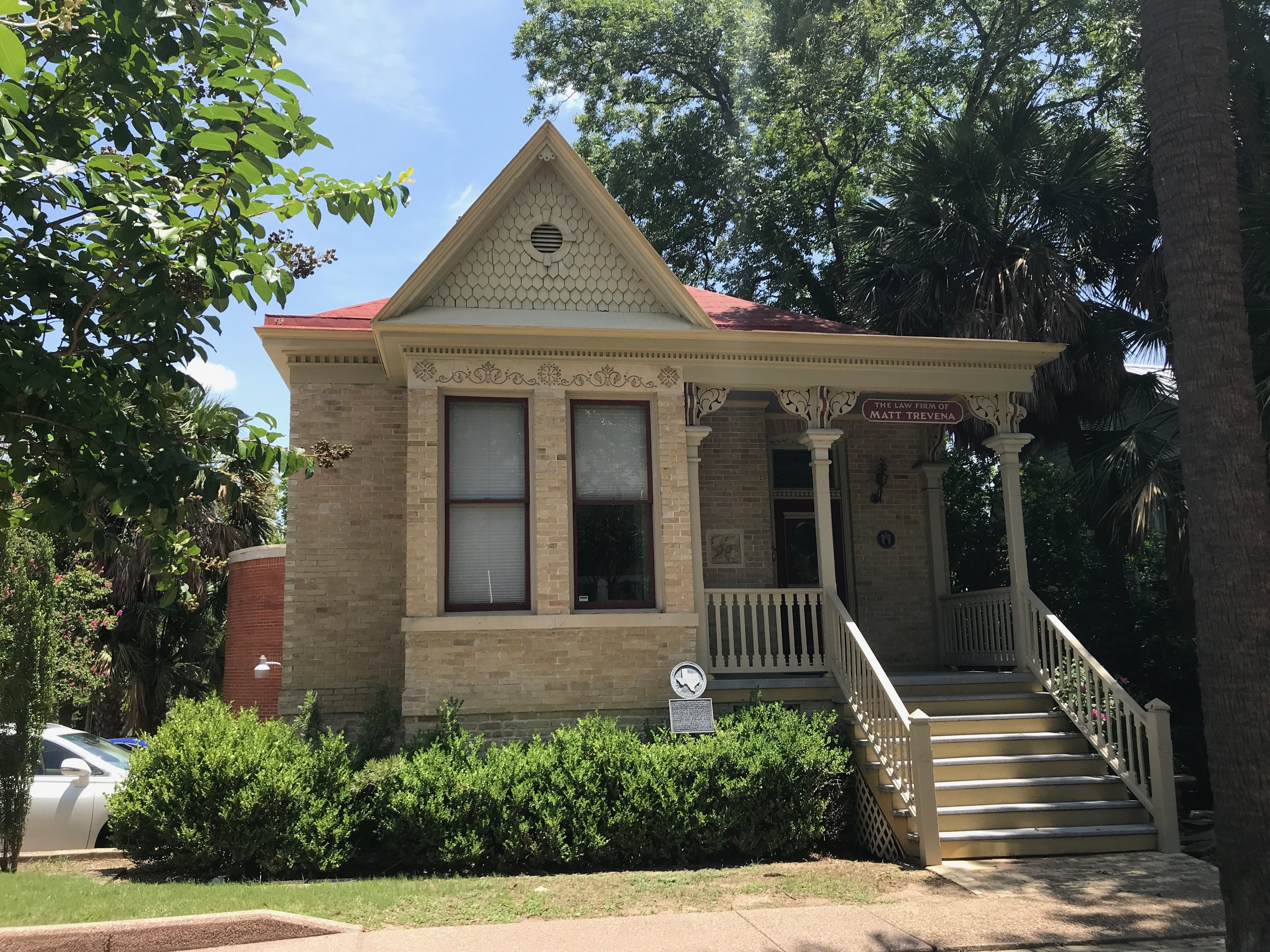
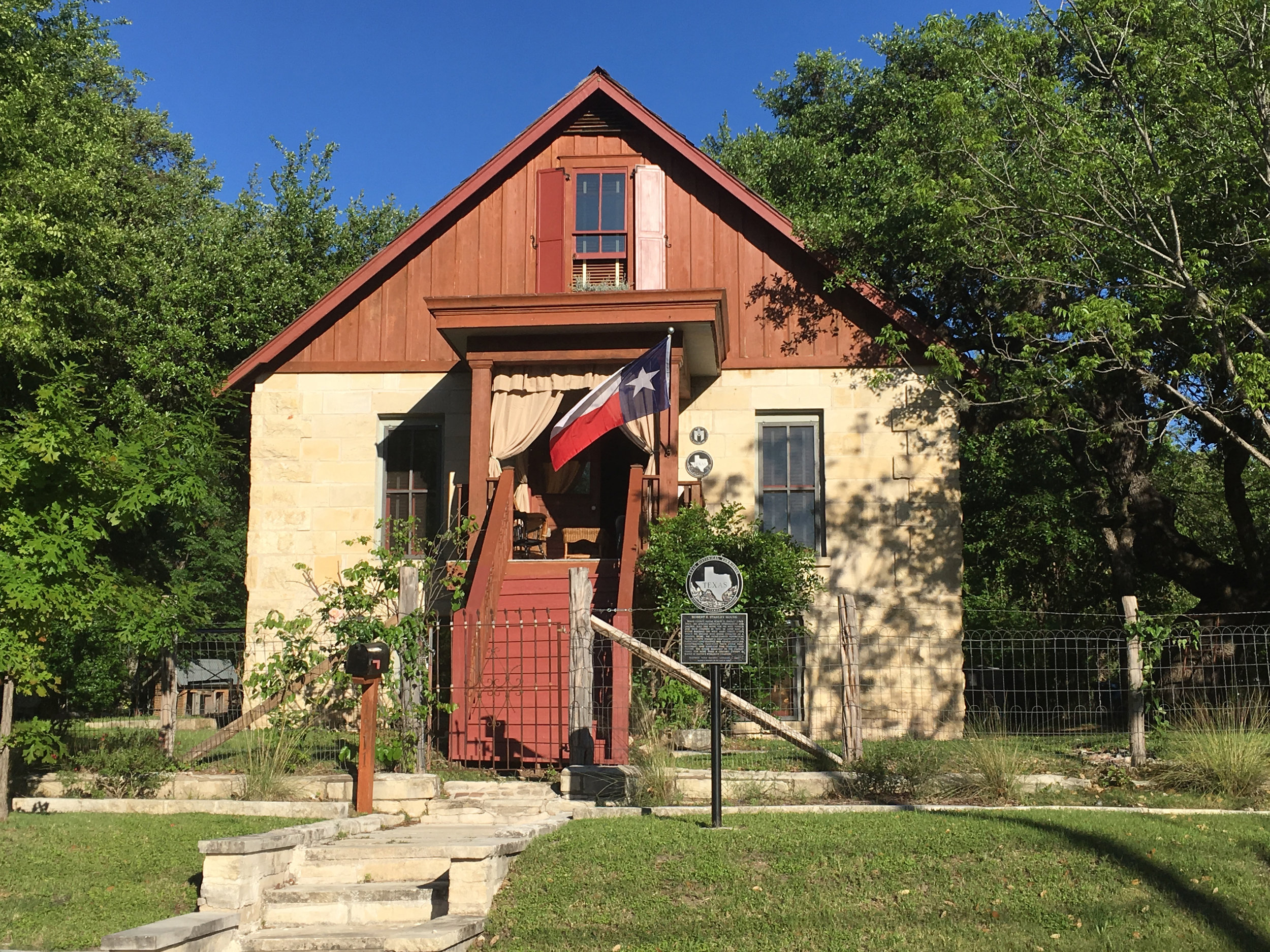
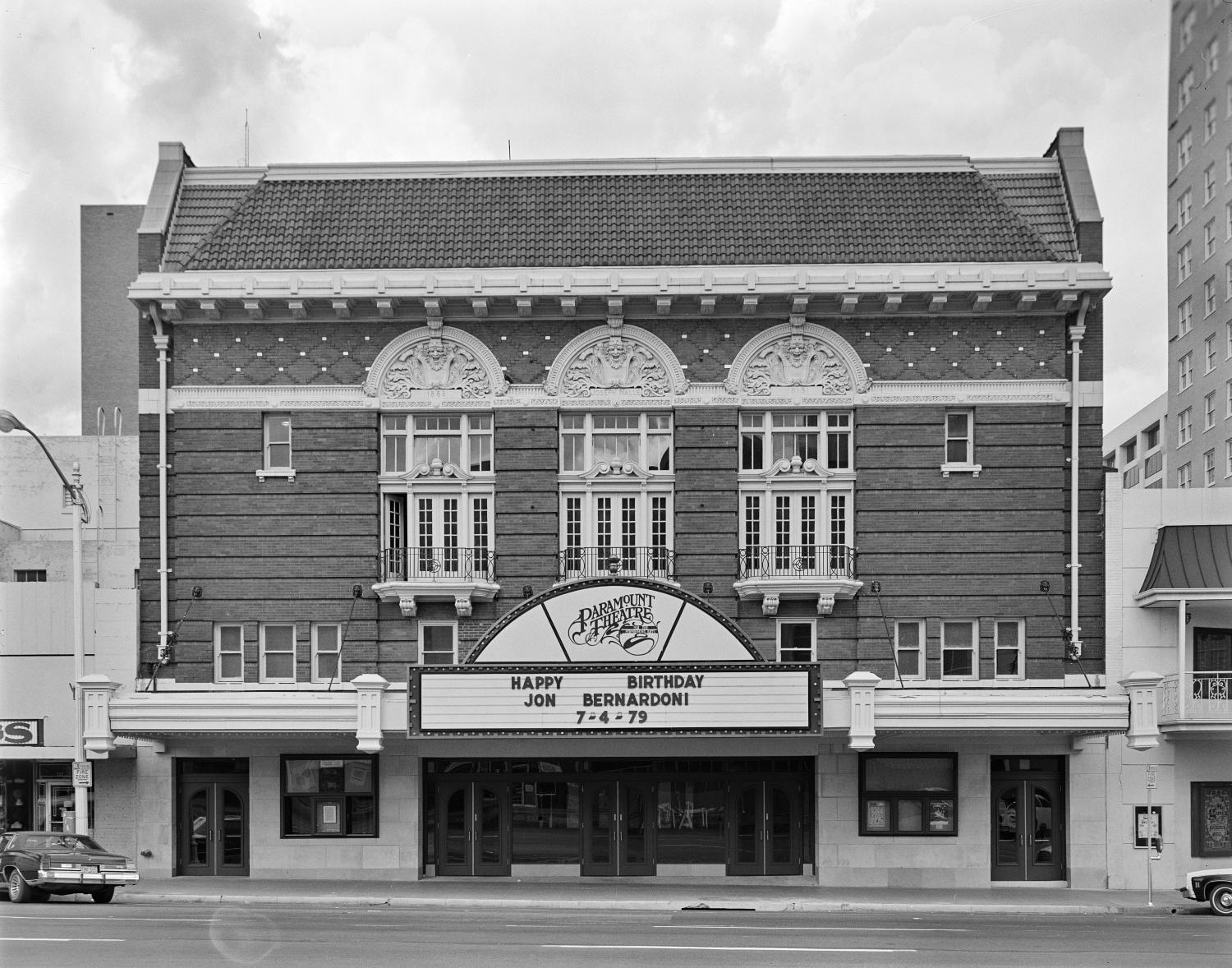
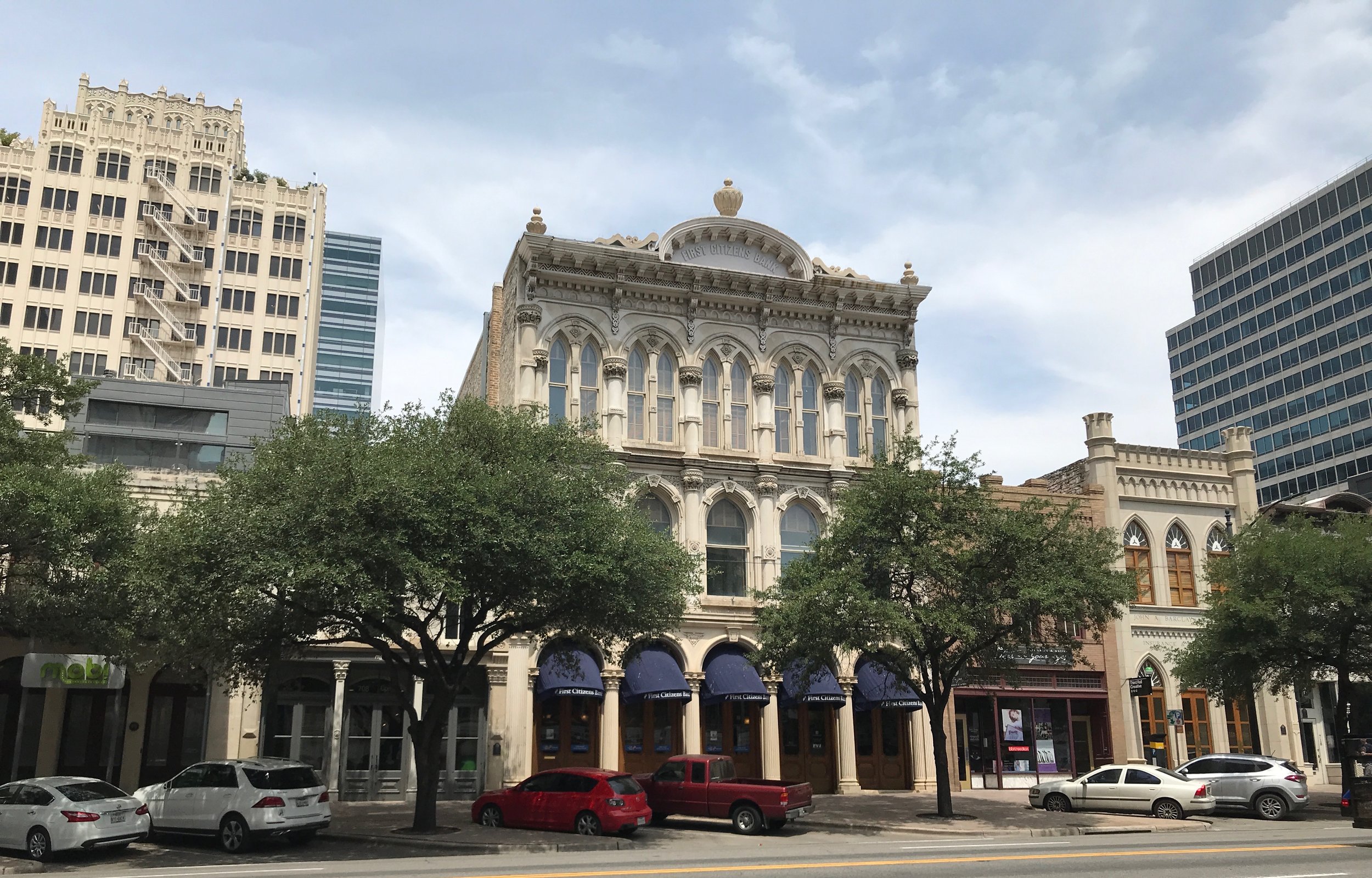
Heritage House became one of the first city landmarks in 1975. Armed with a new revolving fund, we soon preserved a string of major landmarks including Congress Avenue’s Tips Building, the Hirschfeld Mansion, and the Eugene Bremond House. We helped the young advocates fighting to save the Paramount, hosting a massive fundraiser to restore the theatre’s façade and entrance lobby in 1976. Over the next three decades we’d pump nearly $3 million back into our community through bricks and mortar projects and planning grants to property owners and institutions including St. Edward’s University and Laguna Gloria. Just imagine what Austin would look like without this support.
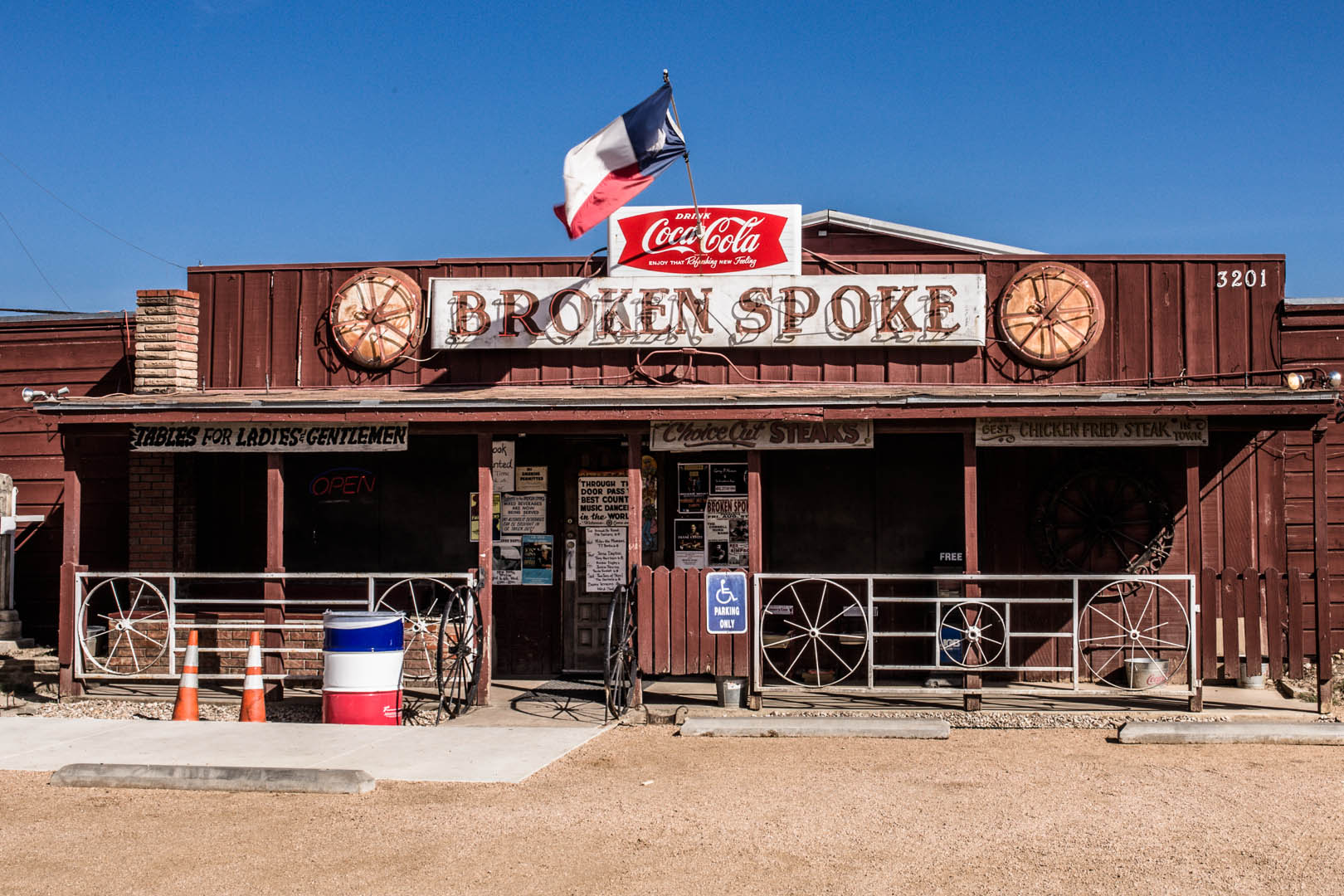
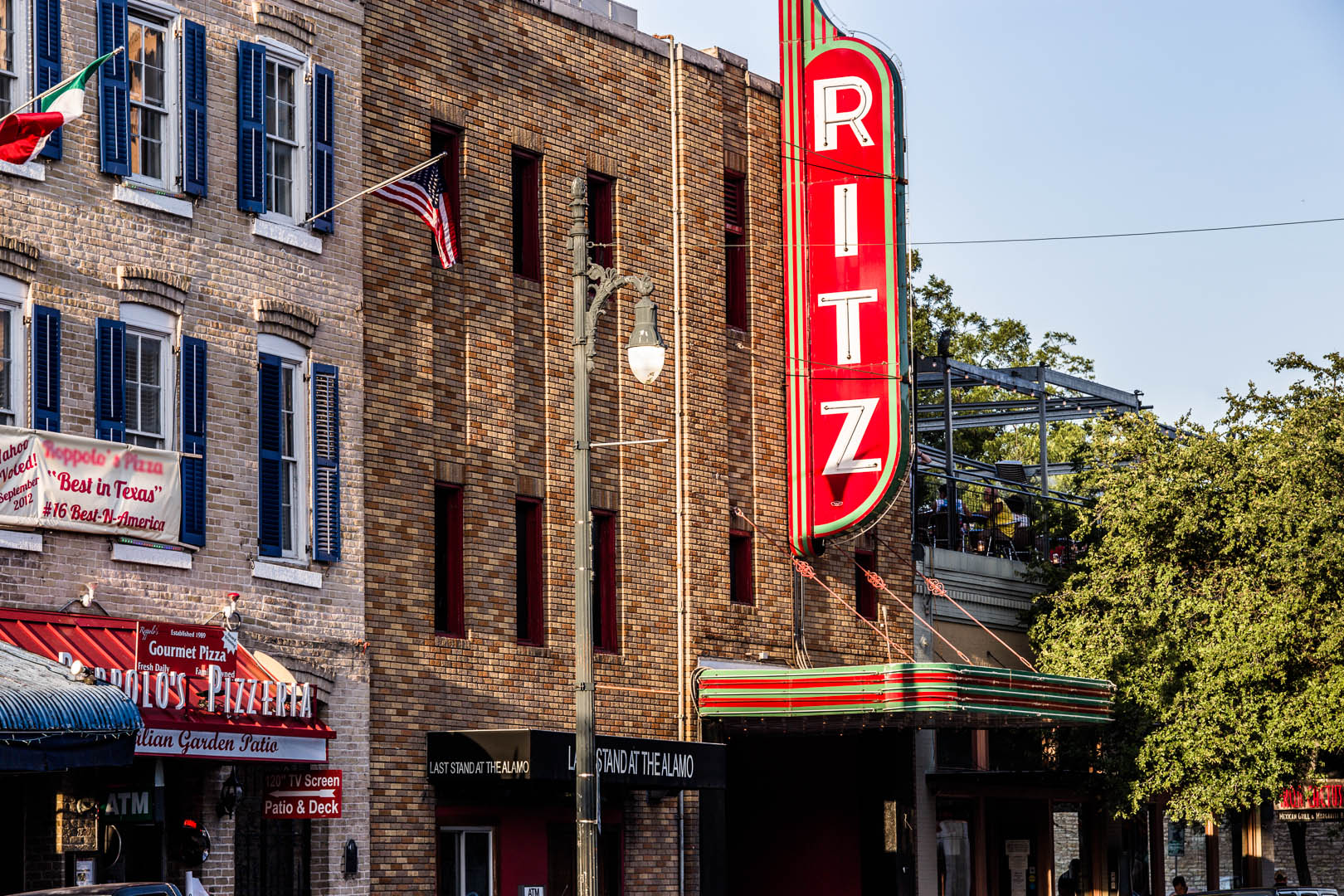
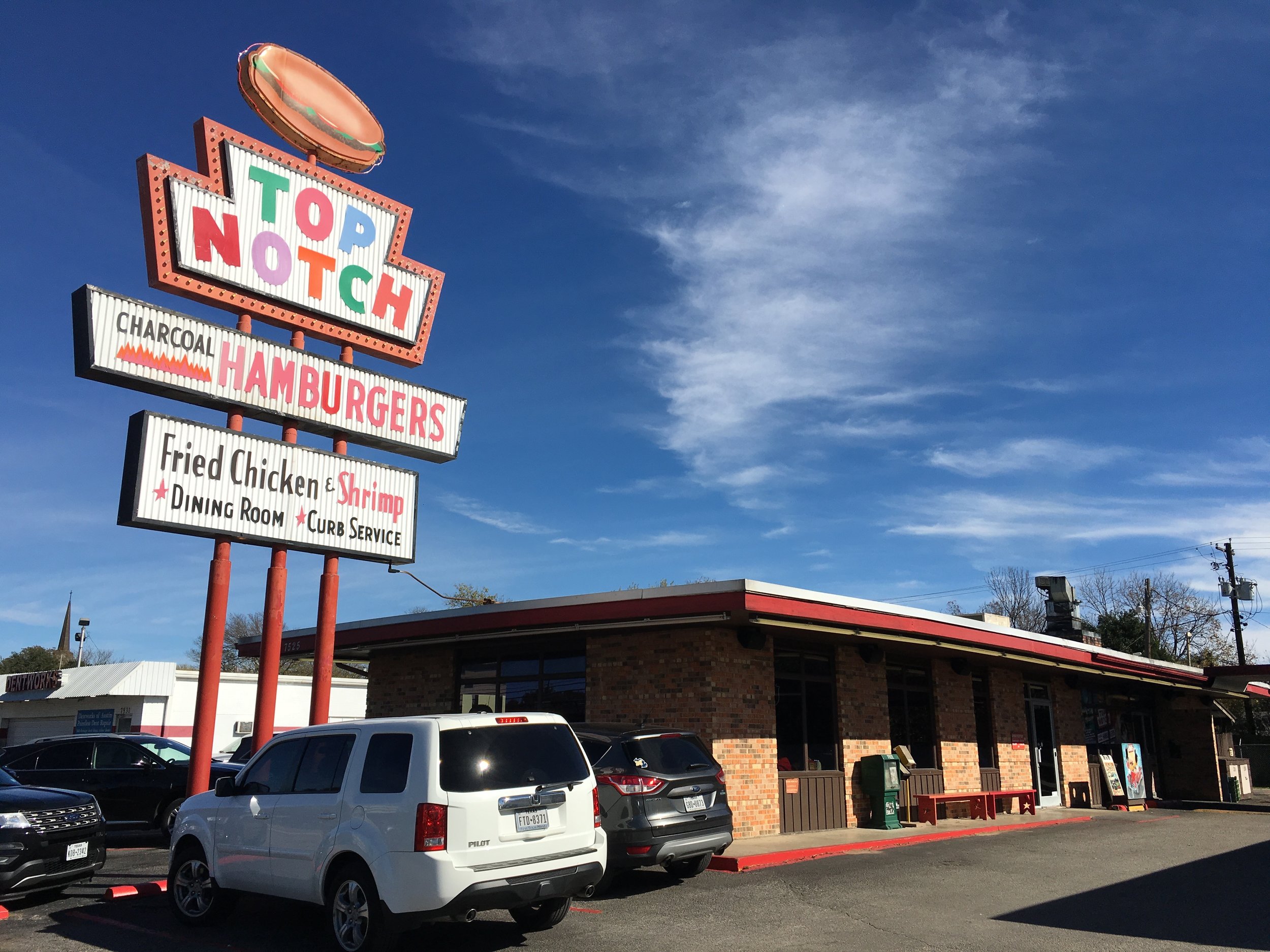
So this brings us to today. Austin’s population was 135,000 when we started and now we’re fast-approaching one million. The skyline has definitely changed, development pressures and affordability needs call for proactive policy solutions, and who knows what Margaret Adams would think if she could see the city now. But while the circumstances have changed our purpose remains clear, and that’s protecting this incredible city’s essence for everyone who ever has called it home, or whoever will.
This includes expanding Austin’s local historic district program, which we helped establish in 2004, to provide demolition review and design standards protecting collections of buildings instead of fighting for them one-by-one. Nearly every other major American city had used this basic planning tool for decades, meaning that our lack of historic districts was the exception and not the rule.
That’s why we successfully advocated for $300,000 in city funding for the long-overdue East Austin Historic Survey in 2016. The city now has a comprehensive understanding of where local historic districts should be established to protect East Austin’s threatened African American and Mexican American heritage. The next step is making these districts, and these protections, a reality before it’s too late.
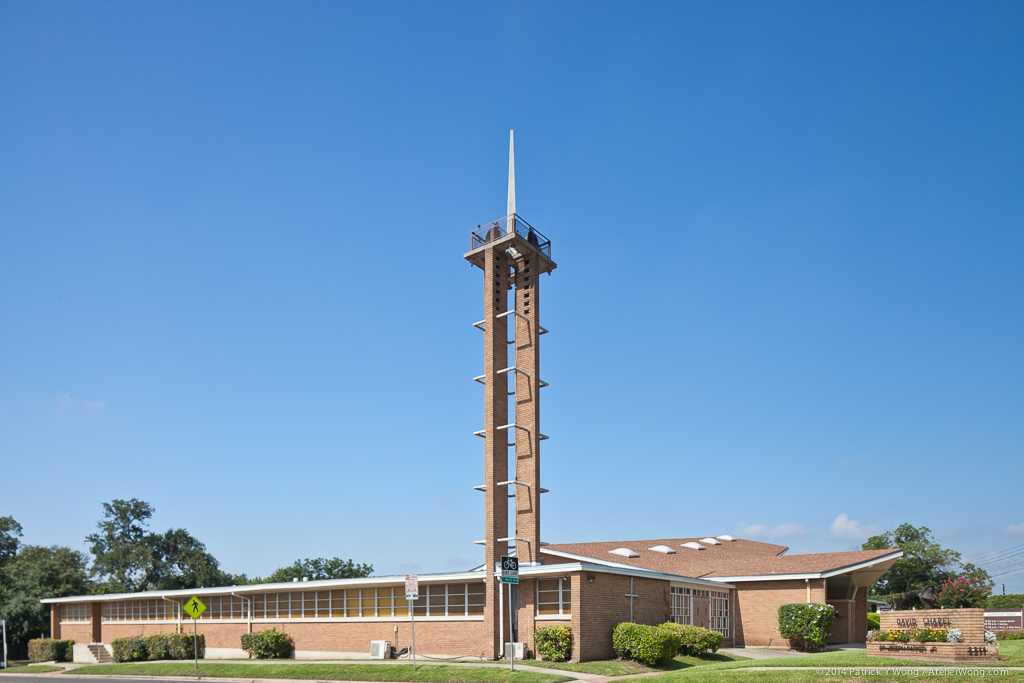
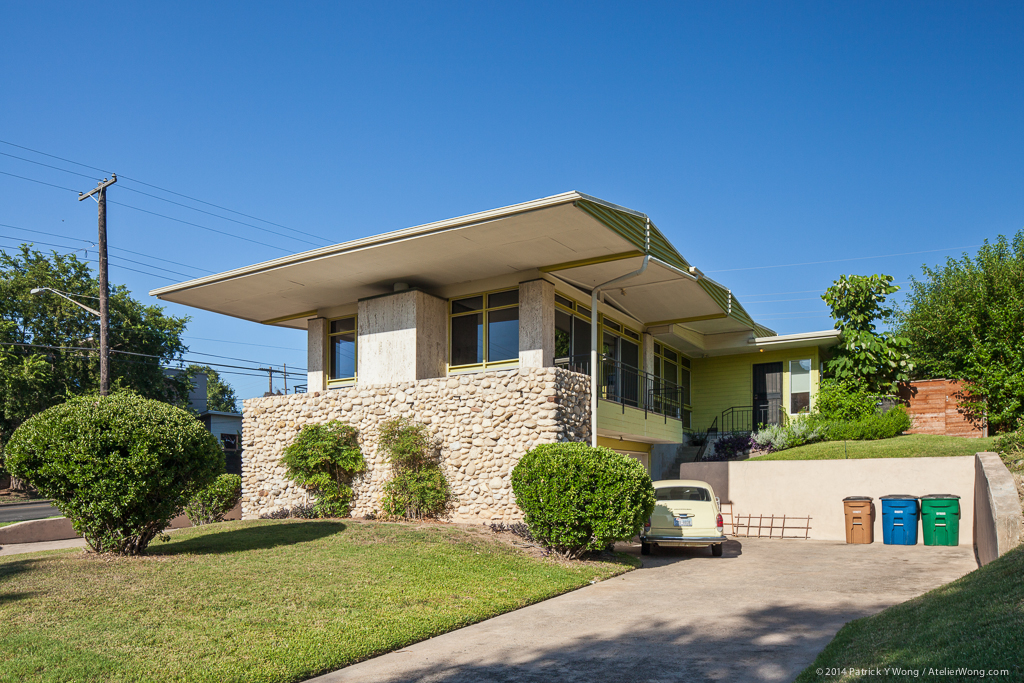
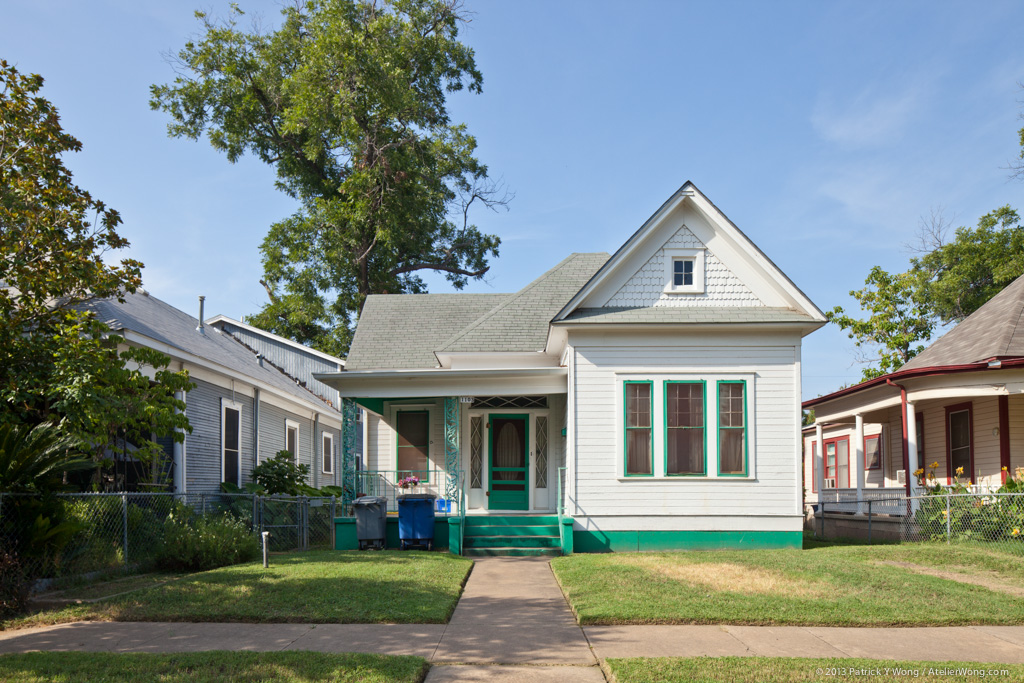
And the list goes on: We’ve fought to protect Capitol View Corridors from development interests; to fully-fund the city’s Historic Preservation Office; for a land trust to preserve endangered cultural spaces and arts venues; and to secure more hotel occupancy tax funds for parks and heritage sites. Our new matching grant program has supported projects from Mayfield Park to Six Square: Austin’s Black Cultural District since 2016.
This is why we changed our name to Preservation Austin in 2012, embracing an identity that better reflects the diversity of our work and our progressive approach to preservation in the 21st century.
Because everything we do impacts our quality of life by preserving the historic places that make Austin, Austin. This includes legacy businesses and cultural icons, music venues and old-school bars; high-style neighborhoods, but also those built by the working and middle-class Austinites whose stories make us who we are today. It’s a culture of preservation in which these places are valued and protected, where the legacies we’ve inherited help shape the kind of city we want to be.
It is our privilege to fight for Austin’s heritage, day after day, through education and advocacy. We thank our members and volunteers for their incredible support, and for the passion they bring to celebrating the diverse cultures whose contributions make it our home. And if you’re not a member, we hope that you’ll join us. This is a hard fight but together, we’re that much stronger.

